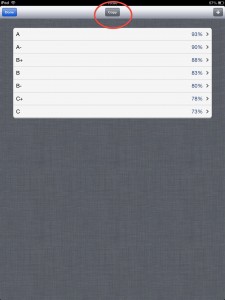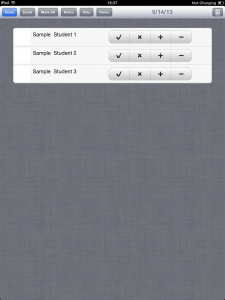The major assignment in my survey of Early Modern Europe this past semester required that students work in groups to construct guides to digital history on any topic within the period. Each guide was to comprise of an introduction to the topic using “traditional” research and a list and description of relevant online resources, databases, and/or projects. Those guides have been placed online via the course website and are available here. Topics ranged from the Reformation to French Colonialism to interactions between Western Europe and the Ottoman Empire. I chose to ask students to complete this assignment in this particular course after attending the Digital Humanities Summer School at the University of Bern, Switzerland this past summer where, among other things, I was introduced to the sheer volume of digital work being done on early modern material. My students’ guides, I think, give a fairly diverse entry point to the field; materials range from basic primary source databases to complex digital mapping projects.
Most of my work in the digital humanities has involved these kinds of assignments and they pose particular difficulties, especially in a survey course. First, students often have very little preexisting experience using web publishing platforms such as WordPress, programming or markup languages, or digital humanities more broadly. This means that class time must be devoted to introducing students to at least some of these areas in order for them to be able to complete the project. Second, topics that may be very prominent in the historiography — the Reformation, say — may not be as represented online. This creates a unique tension when helping students choose their topics; while we’d prefer to see digital work on topics of digital interest, students also need to be able to locate relevant analog sources as well. The guides themselves demonstrate this difficulty. While some feature a great deal of secondary source research in the introductions and much less by way of digital history work, others show the complete opposite. Third, grading projects that can — and should be — continually in progress poses problems not simply because of the time it takes in a survey course, but also because the projects are never really finished. Students continue to have access to their projects and can edit them freely; others can comment on them and offer advice and new resources can be added. I attempted to solve this problem by having two due dates: first, the initial draft had to be put online, then two weeks later I would download whatever was available online and grade that version (I used Evernote and Skitch to mark up the pages).
Digital history in the classroom, put simply, must be much more than just another assignment. Rather, it adds an entirely new layer of inquiry to any given course. In the future, I will probably devote even more in-class time to the assignment, a task made easier by the fact that almost everyday there is a new, relevant digital source available for us to work with. How would our reading of Candide have changed had I had the time to prepare to work with the Bibliothèque nationale’s Candide app? Perhaps it would be worth considering ways that the survey itself could turn more fully around the theme of the digital without losing the narrative such a course is designed to provide.

